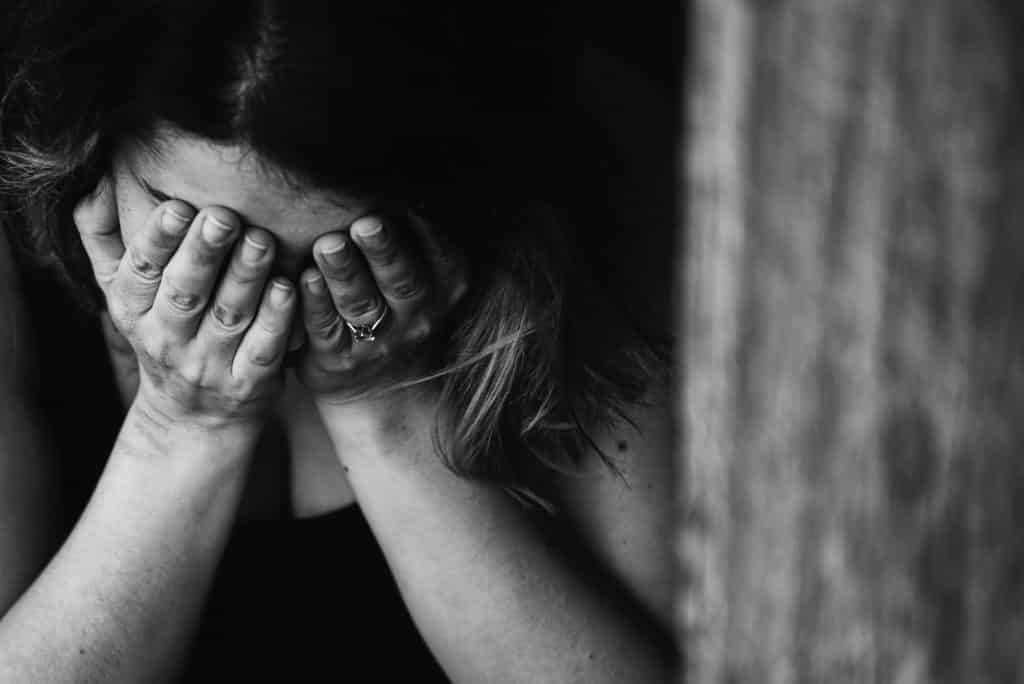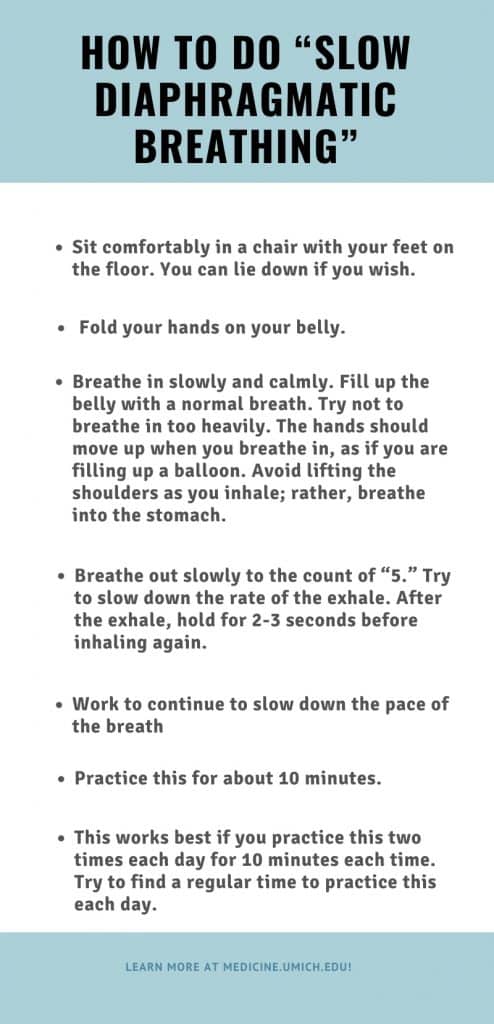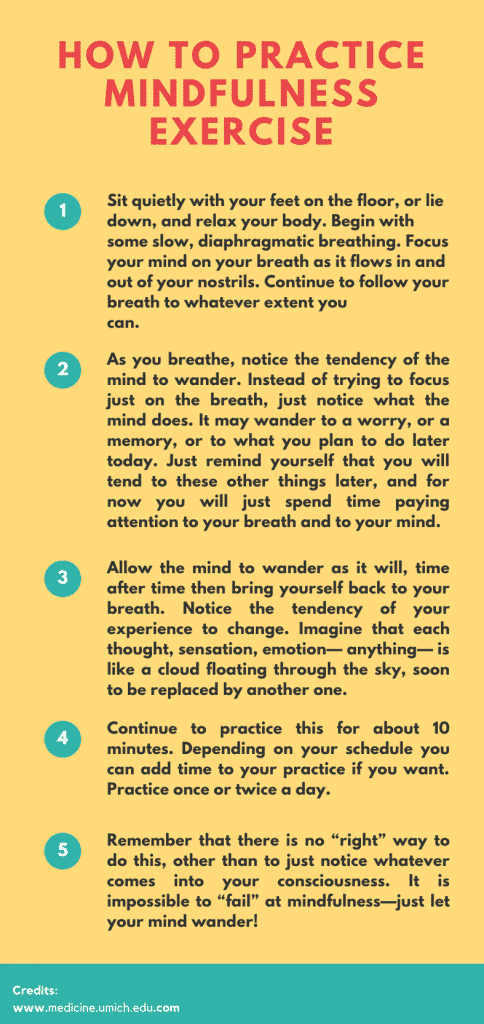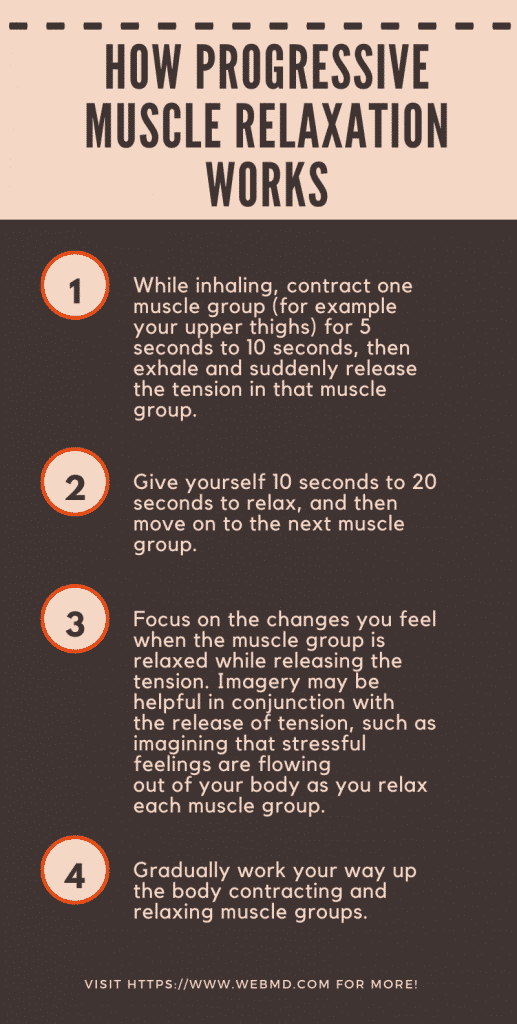
Coronavirus remains to put humanity in jeopardy. With over a million people affected and almost a hundred thousand deaths recorded, leaders and health workers all over the world continue to find a solution to cure all affected persons. With the crisis still ongoing, we couldn’t help but feel anxious. Not just with our health and safety, but also with what the future holds after this pandemic.
Why We Suffer from Anxiety
These days, it is so easy for us to feel apprehensive since we are advised to stay at home and not go anywhere as a precautionary measure. Maybe it’s because we can only do minimal things at home and we have a lot of time to think things over, especially our jobs. Many have been laid off, while others are still uncertain if they still have a job to go back to after all these ends. Every time we think about it, it just adds up to our worries, causing anxiety.
In this time of crisis, we need to be on our best health and avoid any stress or worries. Thus, when negative thoughts start to creep into your mind, entertain yourself instead of engaging in it. One thing you can do to keep yourself from worrying is by doing these relaxation techniques fro anxiety that will help you in overcoming it.
Relaxation Techniques for Anxiety
1. Breathe
Whether we are angry, upset, or worried, the first thing people told us is to take deep breaths. There is actually a reason for it. It helps us calm down and allows us to take control of our emotions since our focus will be shifted to the breathing process. It does not eliminate anxiety, however, it helps us get through tough situations and aids us in making rational decisions.
Slow diaphragmatic breathing
The Department of Medicine of the University of Michigan explicates that by altering the spread of our breathing, it can slightly change our body’s response to anxiety. Thus, we should learn the Slow diaphragmatic breathing technique. It involves slowing down the breath to communicate “safety” to the brain.

Source: https://medicine.umich.edu/sites/default/files/content/downloads/Relaxation-Skills-for-Anxiety.pdf
2. Mindfulness Exercise
Practicing mindfulness techniques is one of the things psychologists and physicians use to help people regulate their emotions and calm their minds. Mindfulness allows us to be present into the now, helping us be aware of where we are and what we are doing. It focusses on facts and objective information about current experiences, including emotions, thoughts, memories, and sensations.

3. Progressive Muscle Relaxation
When we are feeling stressed out or anxious, we can often feel the tension in our muscles. Thus, Progressive Muscle Relaxation was created. This technique aims to learn to release the tension in the muscles through daily exercises. It is based upon the simple practice of tensing or tightening one muscle group at a time, then followed by a relaxation phase with the release of the tension.

